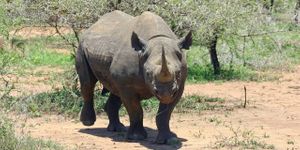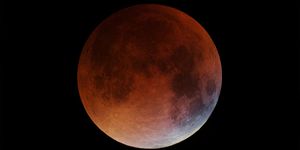Algae in Space: A Potential Food and Fuel Source?
During SpaceX’s recent CRS-15 launch, a mission to resupply the International Space Station with fresh supplies, the commercial space company’s Falcon 9 rocket brought a critical new science experiment to the Earth-orbiting space lab: algae.
Algae promises a potential high-yield food and fuel source for astronauts in upcoming deep-space missions without the demanding light requirements imposed by other plants. It offers protein, starch, and oil in a relatively small package, and it can also be rather easy to grow in liquid.
Scientists want to know how challenging it is to grow algae in a liquid in a micro-gravity environment, and so the International Space Station offers a unique opportunity to test this idea and learn whether it could become a viable food and fuel option or not.
Engineers behind this experiment faced severe challenges, such as developing a flight-ready growing system that wouldn’t be difficult for astronauts to use right out of the box. The state-of-the-art growing system should provide excellent results and benefit humanity as we seek further exploration of the solar system.








